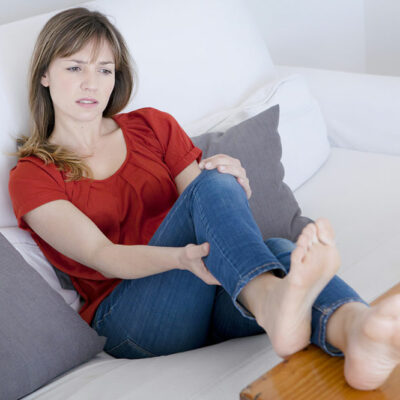
Health
Early Signs and Natural Remedies to Manage Melanoma
Melanoma is one of the most serious types of skin cancer, and its exact cause is yet unknown. Along with skin, it can also occur in the eyes and, at times, in the internal organs. While opting for medical treatments is the right way, there are also various natural remedies that can help manage the condition. To help you, listed below are the early signs and natural remedies for melanoma. Eggplant – The early signs of melanoma include dark and differently-sized spots on your skin. To treat them and prevent them from spreading, grind an eggplant and mix it with vinegar to form a paste. Then apply this paste on the affected area. Eggplant has phytochemicals that can effectively act on melanoma cells and is one of the safest natural remedies for skin cancer. Turmeric – While exploring early signs and natural remedies for melanoma, you will always find turmeric on the list. If you see a new mole, age spots, or freckle on your skin, which is different from others, then it is time to avail of the benefits of turmeric. It is loaded with antiseptic and antibiotic properties to protect the skin against damage and heal the wounds.
Read More 















